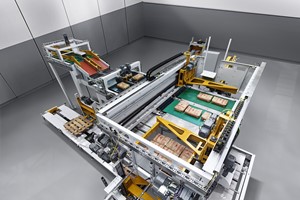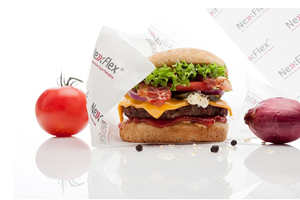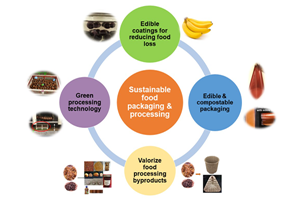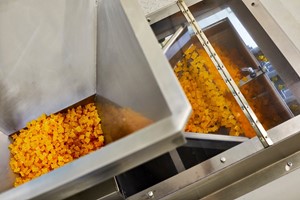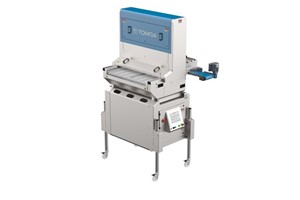Economic advancement coupled with increasing population in the Middle East and African nations is the major driver to the packaging industry as a whole and in turn active and intelligent packaging. Countries like UAE, Turkey and Egypt, etc. have huge growth potential and are expected to lead the market in the coming years. Packaging and lifestyle issues go hand in hand. The Middle East has one of the highest GDP per capita, so the consumers there have more disposable income to spend on e-commerce retail, luxury retail and retail in stores. With the increase in sales of products, the packaging market will be growing to fulfil needs of both consumers and retailers. Countries like Qatar have GDP per capita more than USD100,000 so that as the purchasing power increases so does the packaging market. Increasing demand for packaged products because of changing lifestyles and demand from manufacturers for longer shelf life is driving this market growth. Governments' strict regulations regarding food packaging and safety standards are other such factors which are contributing to the market growth. Packaging is also being altered to suit the needs of fast food consumers who are rapidly replacing traditional meals with packaged foodstuff. This has increased the need for testing the packaging of products to ensure higher shelf life and the reduction of costs normally associated with damaged goods. The need to ensure the quality of the package is a key driver to the testing market as packages now need to be more durable, where even a trace of toxicity is completely unacceptable especially in the food sector. The advent of globalization has necessitated the transport of goods around the world; this has made the assurance of shelf life and integrity of the package significant. Packaging is bound by regulations and standards defined by authorities like American Society for Testing and Materials (ASTM) and International Safe Transit Association (ISTA). With the evolving nature of the packaging industry, these regulations are also becoming more stringent. Package testing companies check different packaging products. Major tests include drop, shock, vibration, shelf life, and compression. Issues regarding the effect of packaging materials on the human body, security and privacy issues in case of intelligent packaging systems are expected to be major challenges for the market's growth over the next five years. Increasing population is directly burdening the food industry. To meet the requirements, different countries and enterprises are exporting their food products across the world. This has given rise to packaging companies who are providing solutions that expand the shelf life of the food product being exported. Traditional packaging products cannot meet the requirements of food products like meat and frozen foods. These constraints have given rise to new technologies, like active and intelligent packaging, which provide longevity and freshness to the food products being exported.


Packaging - Wrapping
Food Safety Unwraps Opportunities for
The MEA Intelligent Packaging Market
May 2017
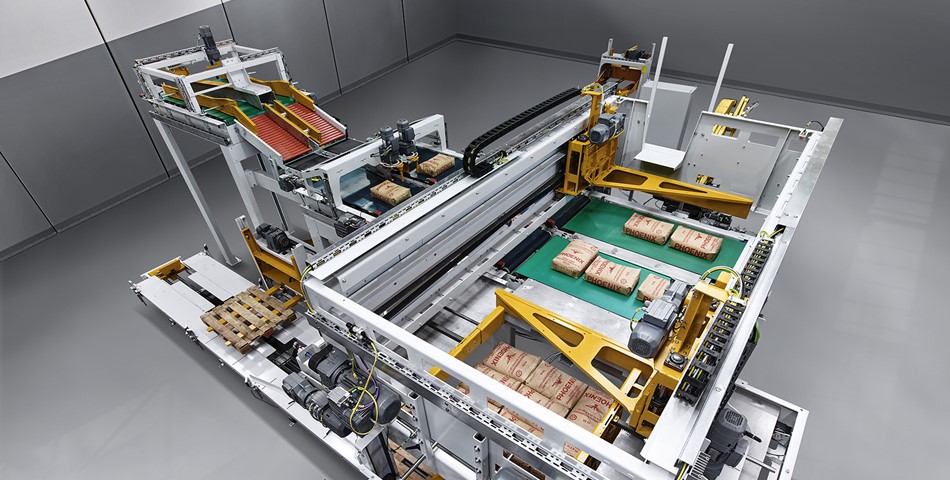
The Middle East and Africa packaging market is witnessing a remarkable growth. The demand on packaged food and products is driven by consumers' changing lifestyles and convenience. Food manufacturers are moving into ready meals, pre-packed ingredients and fruits and vegetables to meet consumers' demand. The Middle East and Africa active and intelligent packaging market is estimated to grow from USD280 million in 2016 to USD504.76 million by the end of 2021 at a CAGR of 10.32 percent. The UAE has the largest market share followed by South Africa, according to a recent report by Mordor Intelligence. The growth is spurred by the growing economies and increasing need for packaging solutions with longer sustainability. Food safety is a major factor contributing to the market's growth. Governments are implementing strict regulations regarding food packaging and safety standards to meet requirements of food products.



